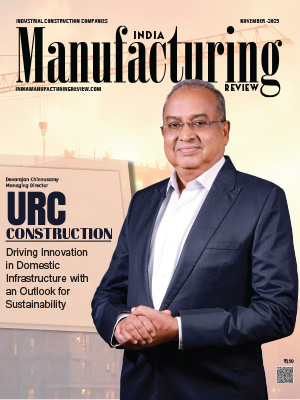
Global Rare Earth Firms Support India's Self-Reliance Push
- Global suppliers from South America, Africa, UK, Australia offer rare earth oxides to India.
- India needs 2,000 tonnes neodymium yearly; IREL supplies 400-500 tonnes.
- ₹7,300 Cr scheme incentivizes magnets; caps 1,200 tonnes/firm; explores magnet-less motors.
The government planning to introduce incentives for the permanent magnet industry, top sources from South America, Africa, the UK, and Australia, who are the major global suppliers, have offered to supply rare earth oxides to India as it moves towards self-reliance in rare earth production in the wake of China's export restrictions, a senior official told the report. Initial supplier talks emphasizing their willingness to collaborate with India are highlighted in the report.
India needs around 2000 tonnes of neodymium oxides per year to start local manufacturing, but Indian Rare Earths Limited (IREL) only provides 400-500 tonnes annually. Three tonnes of permanent magnets, the core components for EVs and electronics, can be made from one tonne of rare earth oxide. Strict limitations by China led to serious shortages in the market, although exports under certain conditions have been allowed again; India wants to diversify its sources so as not to be dependent on one supplier only.
Also Read: India to Launch Critical Mineral Stockpile Plan
The cabinet has given its approval to a ₹7,300 crore scheme that is about to be launched and will provide incentives for the domestic production of goods, thus making sales of locally manufactured magnets competitive with imports through subsidies. Companies are allowed to bring in the necessary machinery for production, and the incentives will not exceed 1,200 tonnes per company annually. "The sops will facilitate the domestic sale of rare earth magnets, thus making them competitive vis-à-vis imports," commented the official.
Besides the subsidies, the government is working on magnet-less motors as well, with the Viksit Bharat 2047 committee suggesting the use of reluctance motors in EVs, buses, and trucks. This is in line with India's effort to become self-reliant in the EV sector, which is estimated to reach a market value of $200 billion by 2030.

